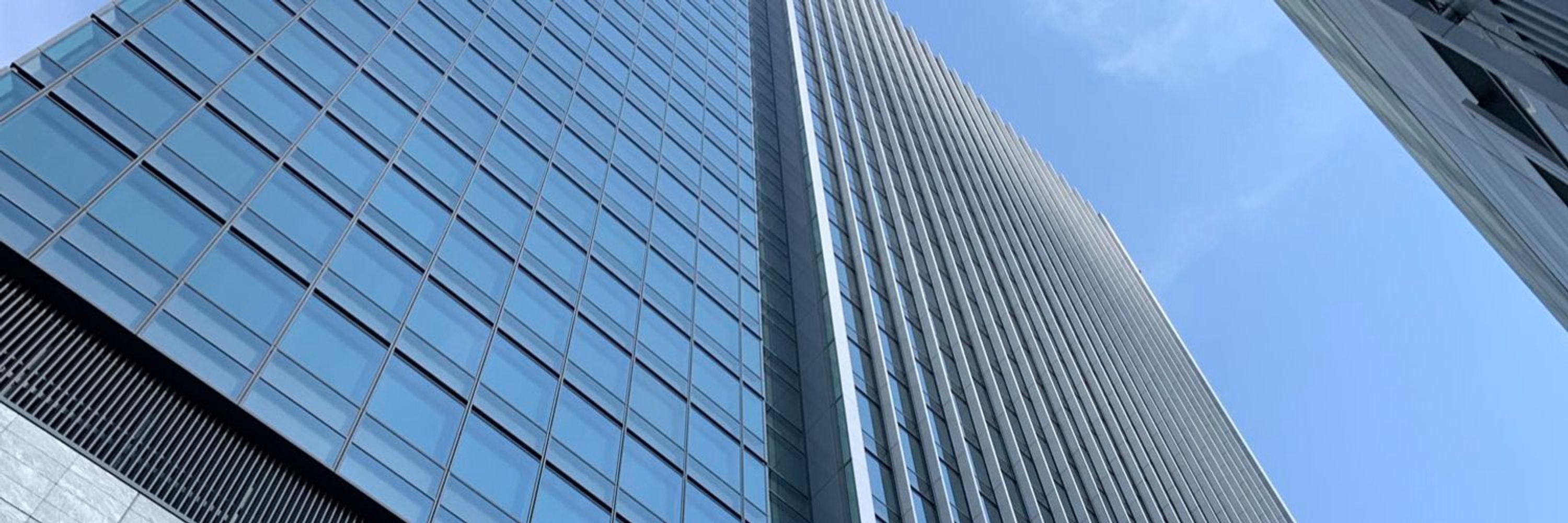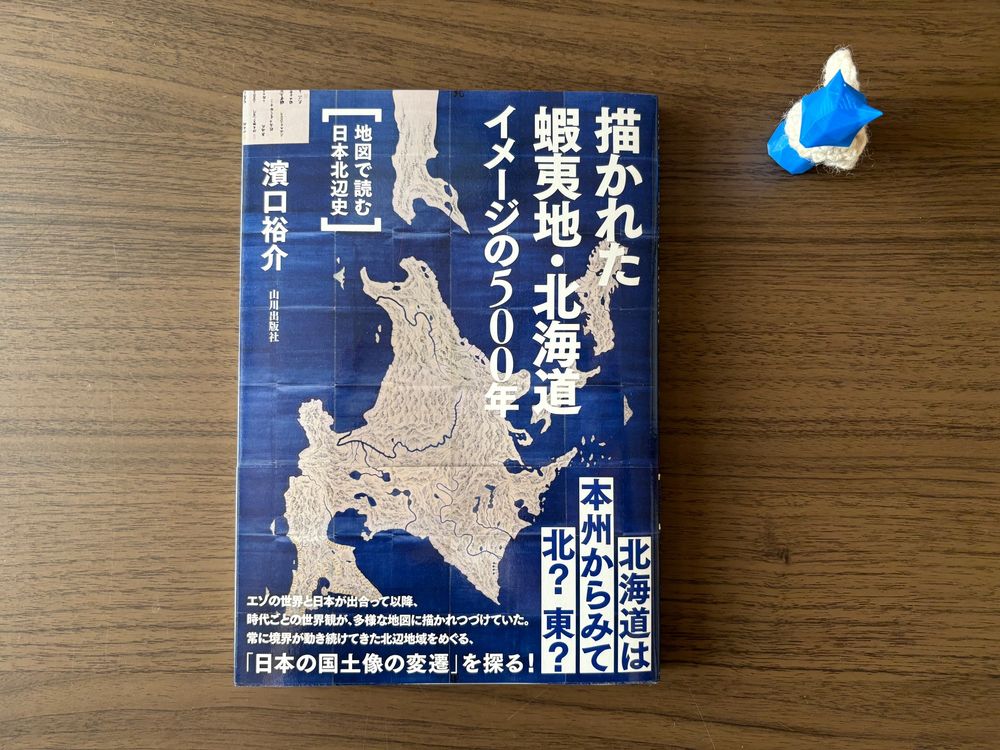Alejandro Pineda
@pinedaalejandro.bsky.social
54 followers
220 following
110 posts
PhD Architect and urban planner. My research focuses on shrinking cities and place attachment in Japan.
https://linktr.ee/Pinedaalejandrojuan
Posts
Media
Videos
Starter Packs


















































